On-page SEO optimizes website elements to improve search engine rankings and earn organic traffic. It has both the content and HTML source code of individual webpages. While off-page SEO deals with external signals like backlinks and social media presence, website owners directly control their on-page SEO elements.
On-page SEO’s core components are content optimization, HTML tags, and website architecture. Content elements create high-quality, relevant material that matches user search intent. HTML elements consist of title tags, meta descriptions, header tags, and image alt text. Site architecture’s factors include page speed, mobile-friendliness, and URL structure.
Search visibility depends heavily on on-page SEO. Search engines can crawl, understand, and index pages better for relevant queries. It also helps users quickly find if a page answers their search needs. Well-implemented on-page optimization creates a foundation that makes other SEO efforts more successful.
A complete on-page SEO strategy makes pages available to both search engines and humans. Search engines need to understand a webpage’s content, identify its relevance to specific searches, and determine if it deserves high rankings.
On-page SEO’s value goes beyond technical requirements. Search algorithms now prioritize “people-first content” more than ever. This approach develops valuable material that matches user intent rather than just targeting keywords. On-page elements remain the foundation that search engines use to review webpage relevance and quality.
Modern content management systems like WordPress, Contentful, or Drupal make on-page SEO implementation simple. New websites should choose a platform that allows easy modification of these elements to succeed with SEO long-term.
How Each On-Page Element Impacts SEO
Basic elements of on-page SEO work together to build a strong foundation for search visibility. Each component has a specific role in how search engines interpret and rank your content.
Title tags help search engines understand page topics
Title tags show your webpage’s subject and appear as clickable headlines in search results. Google and other search engines use title tags as a key signal to determine page relevance and context. Your title tag should include target keywords near the beginning. It needs to stay under 60 characters to avoid getting cut off and accurately describe the page content. Research shows that 80% of first-page search results in Google use an H1 header tag.
Meta descriptions improve click-through rates
Meta descriptions aren’t direct ranking factors but they substantially affect user behavior. These short summaries show up beneath your title in search results and work like ad copy for your page. Google changes meta descriptions 62.78% of the time to match search queries better. Strong meta descriptions with relevant keywords can boost click-through rates. This indirectly helps your SEO performance through positive user engagement signals.
Header tags organize content for readers and bots
Header tags (H1-H6) create a structure that guides readers and search crawlers through your content. John Mueller, a Google Search Advocate, says header elements send a “really strong signal” about a page’s topics to Google. Headers also make content easy to scan. This reduces bounce rates and makes earning natural backlinks more likely.
Keywords connect your content to search queries
Strategic keyword placement throughout content shows search engines and users what topics you cover. Keywords should flow naturally in headings, title tags, meta descriptions, and body content. Stuffing keywords will hurt your rankings. The best approach is to create value with smart keyword usage and related terms to employ semantic search capabilities.
Internal links guide users and distribute authority
Internal links create information hierarchy and connect your pages. Search engines use them to find, understand, and prioritize content while spreading link equity across your site. Your strongest pages can boost other pages through internal links. The homepage usually carries the most link value and can pass this strength to other pages.
Alt text makes images available and searchable
Alt text describes images for screen readers and search engines. Image search made up 20.45% of all searches in 2019. Google combines alt text with computer vision algorithms and page content to understand images. Good alt text helps accessibility and gets your images into relevant search results.
Best Practices for On-Page SEO in 2025
Successful on-page SEO will need several critical practices in 2025.
Focus on user intent when writing content
Modern SEO puts understanding user search purposes first. Your content should match specific search intents—whether informational, navigational, commercial, or transactional. Search engines now reward pages that give users exactly what they’re looking for, which shows in their move toward more precise result matching. Pages that directly address user needs rank better.

Enter your website below to start your proposal request!
Avoid keyword stuffing and duplicate content
Keyword stuffing—forcing keywords unnaturally into content—breaks Google’s spam policies and hurts rankings. Keywords should make up 2-5% of your content. Duplicate content weakens backlink power and wastes crawl budget. You can fix duplicate content issues on multiple URLs by using 301 redirects or canonical tags.
Use schema markup where relevant
Schema markup is standardized code that classifies page content and helps search engines understand your information better. Sites that use schema markup see up to 25% higher click-through rates. This structured data creates rich results that make search listings more engaging and informative.
Test mobile usability and page speed regularly
Google’s mobile-first indexing means your site must work perfectly on mobile devices. Page speed directly affects rankings—slow pages rarely rank well. PageSpeed Insights and similar tools help you spot performance issues before they hurt your rankings.



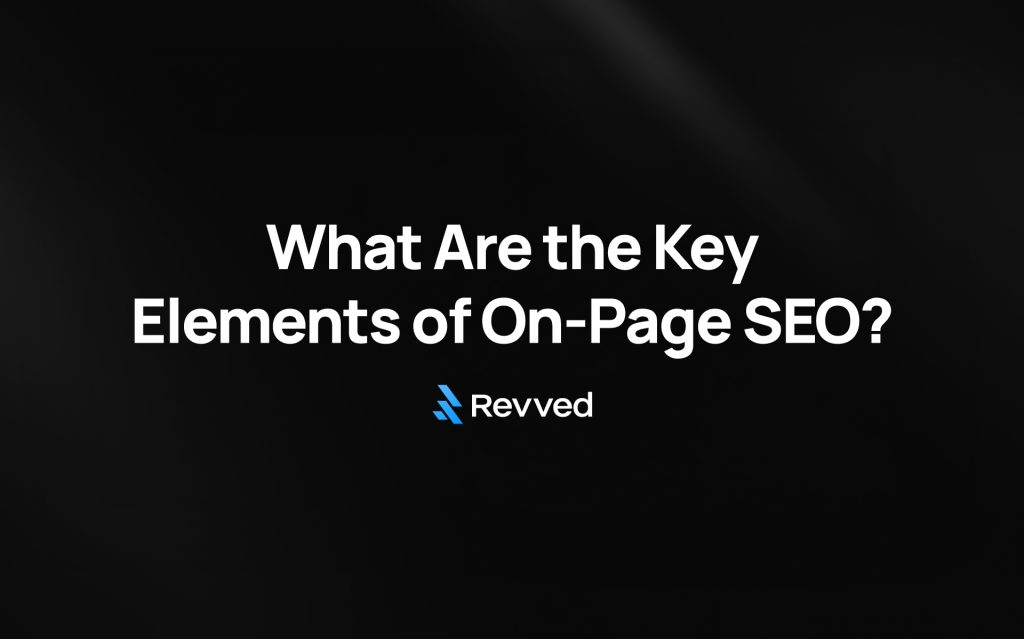
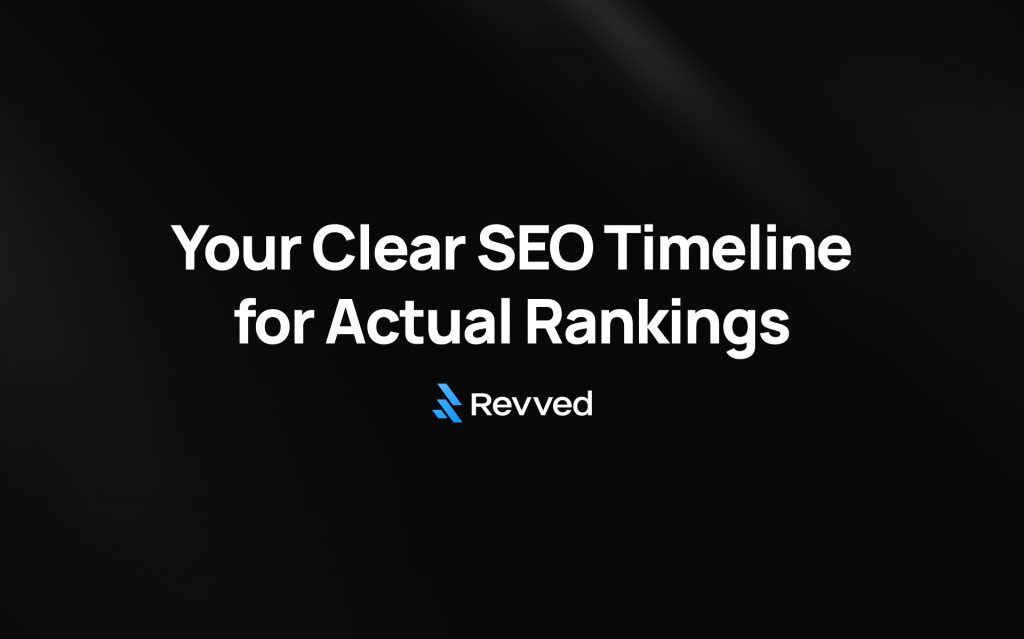
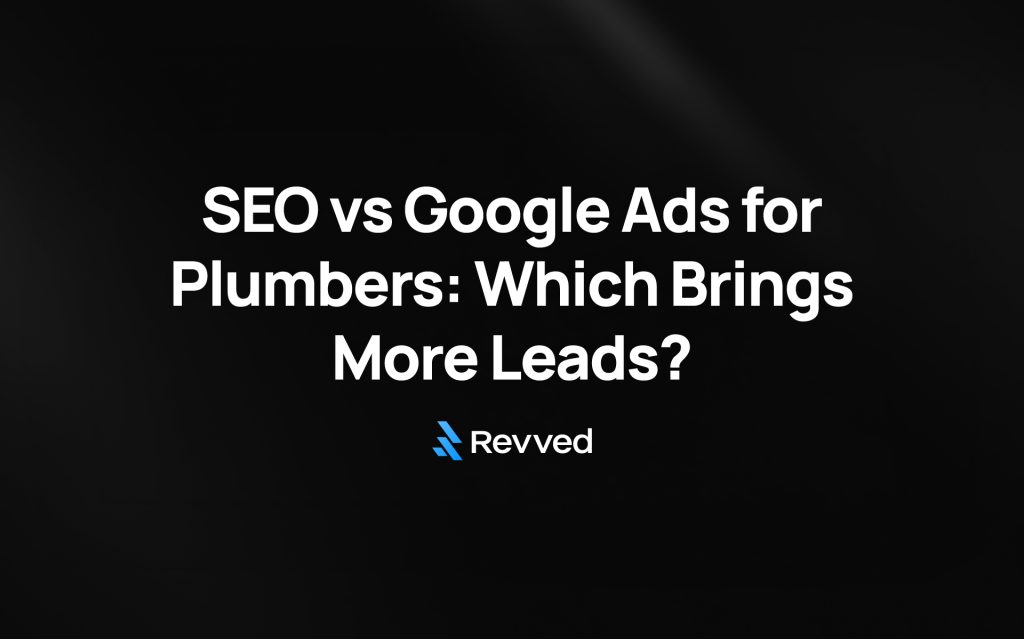

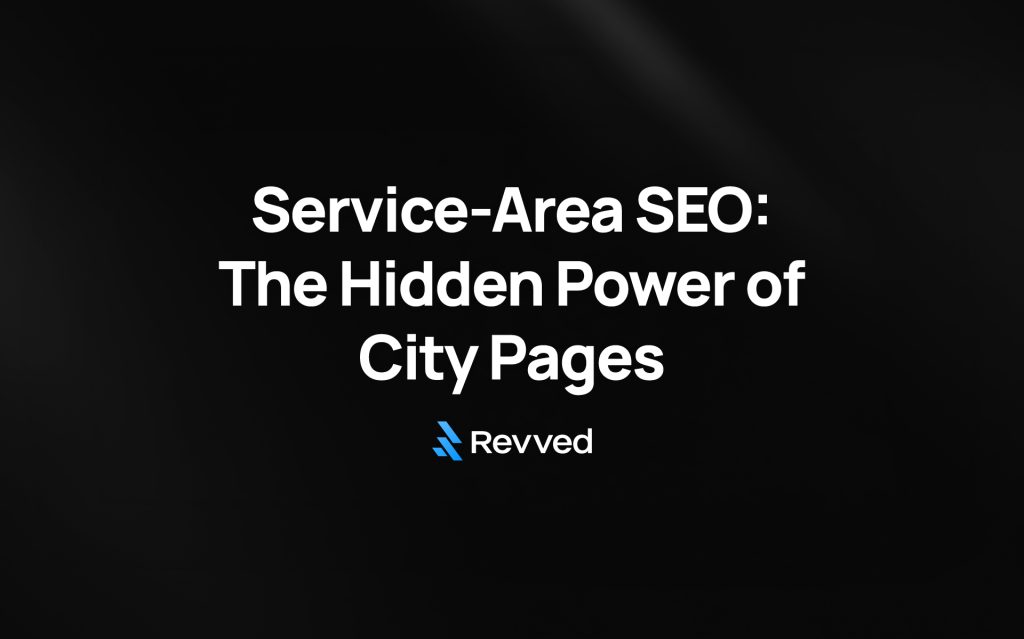

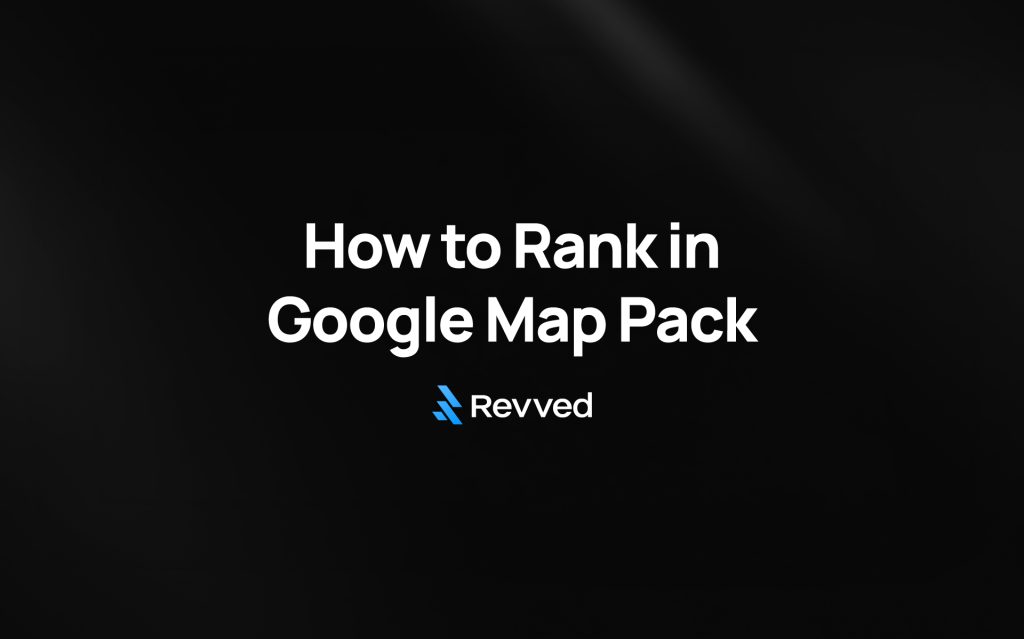

![How to Set Up Google Business Profile for Plumbers: A Step-by-Step Guide [+ Free Checklist]](https://revved.digital/wp-content/uploads/2025/10/How-to-Set-Up-Google-Business-Profile-for-Plumbers-1024x639.jpg)
